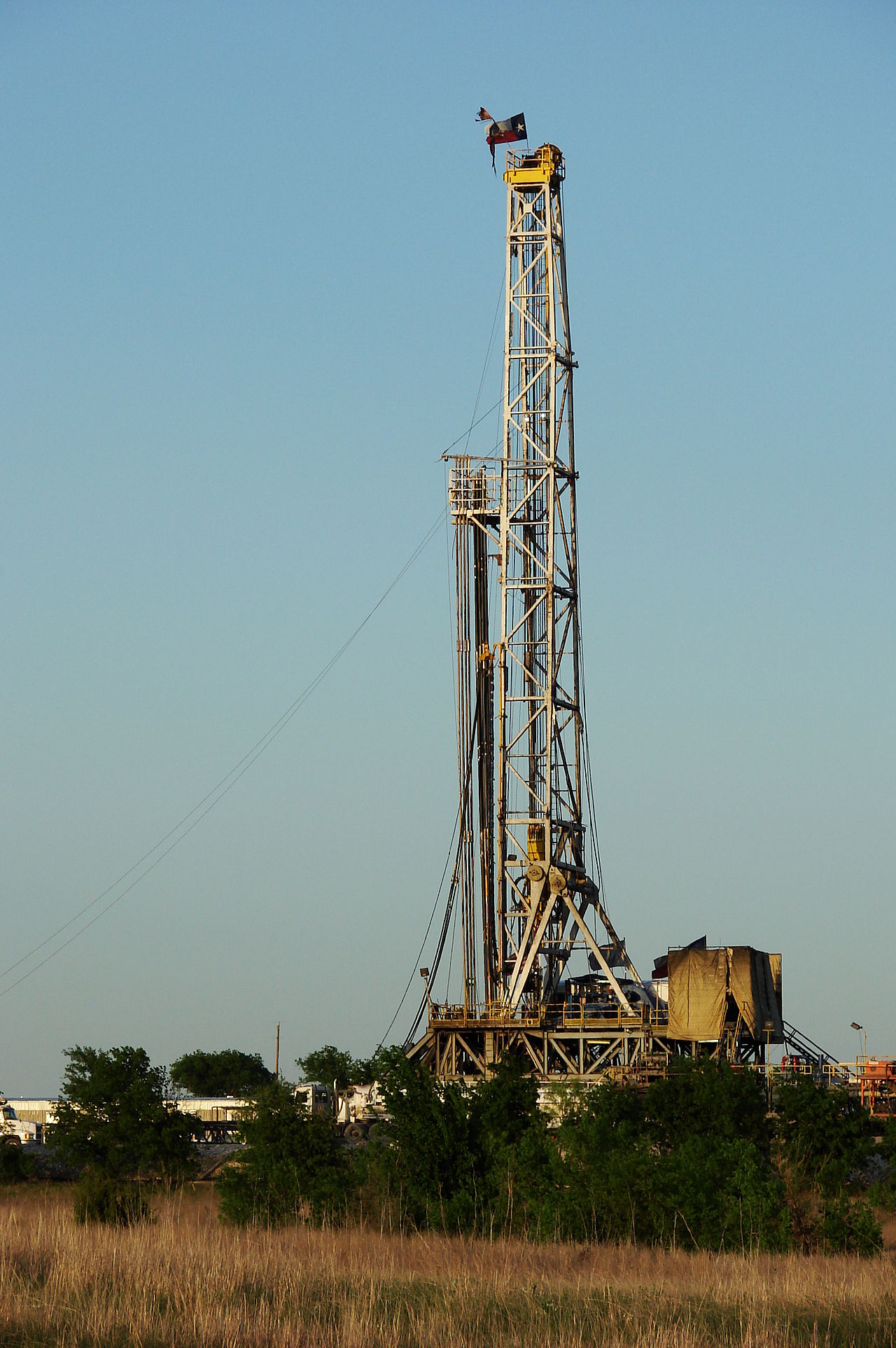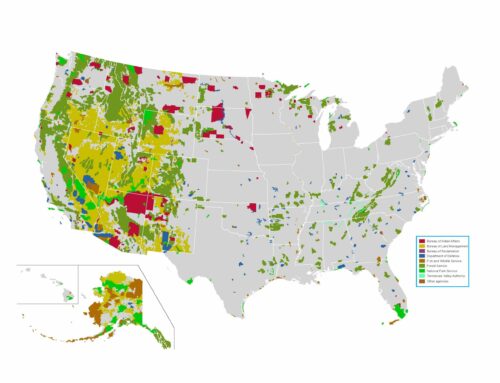by Greg Walcher, E&E Legal Senior Policy Fellow
As appearing in the Daily Sentinel
An ancient writer once said “where fear is present, wisdom cannot be.” That could well be said of the ongoing confusion about hydraulic fracturing (or fracking), a proven technology to produce natural gas and oil.
Simply explained, a mix of water (99.5%), sand and chemicals is pumped under high pressure to create minute cracks in rock formations thousands of feet below the surface so oil and gas can be extracted — energy that cannot be obtained otherwise. It has enabled vast new oil and gas resources to be developed, in places like Pennsylvania, where reserves are larger than the government once thought existed in the entire country. Yet there remains enough fear in many communities to make fracking a continuous campaign issue — with some communities dependent upon the technology for their livelihoods, and others determined to ban the practice.
Opposition groups have made drilling and fracking almost synonymous, playing on that public fear. Thus, when candidate Joe Biden vowed to ban drilling on public lands, many thought he meant fracking. Then-Vice President Mike Pence told the debate audience in Pennsylvania that a Biden/Harris Administration would ban fracking and end many local jobs. Now-Vice President Kamala Harris objected, assuring the crowd there was no such intention, a denial Biden then repeated. As President, Biden signed two executive orders “pausing” oil and gas leasing on public lands, but did not actually ban fracking. As a result, some activists now accuse him of selling out, while others continue to demand the fracking ban.






